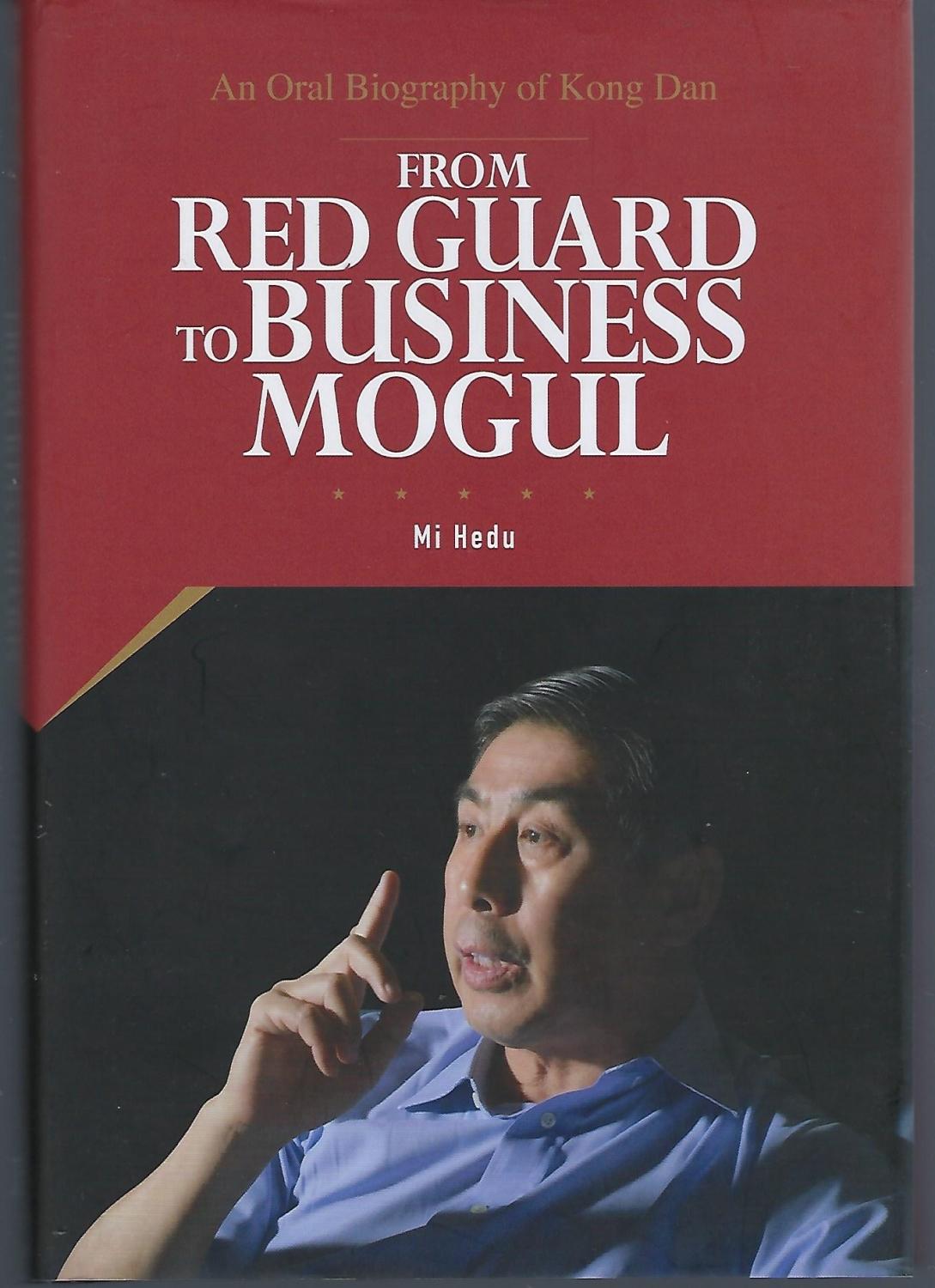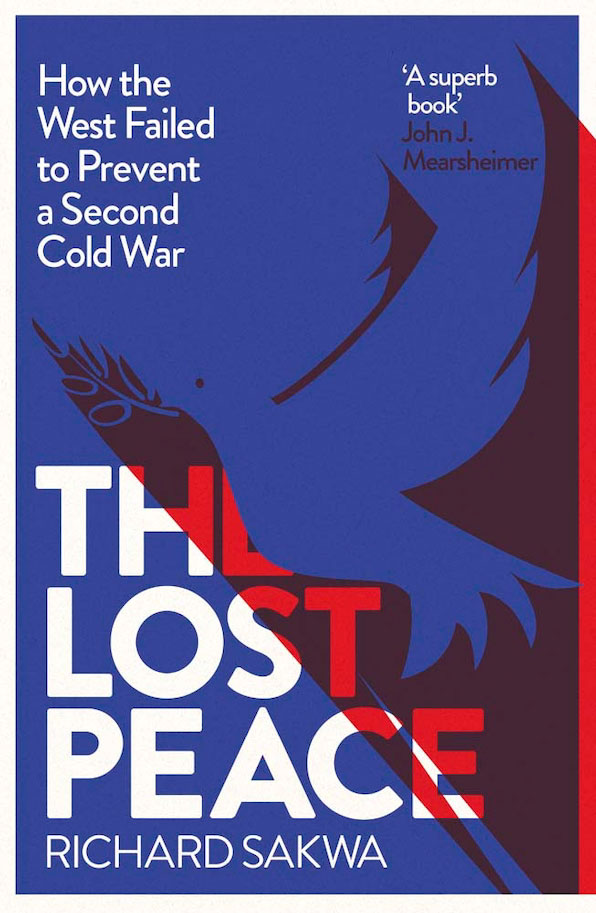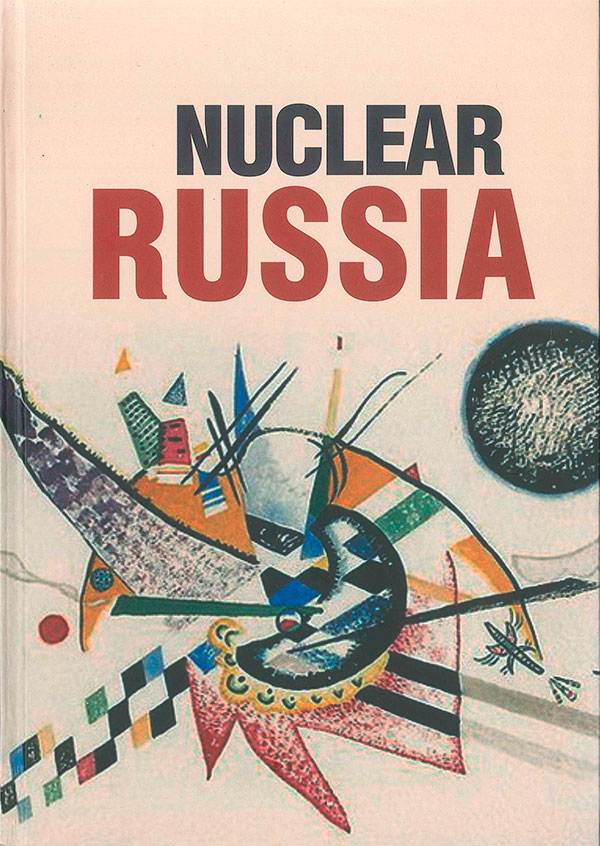... and the rivalry with China. The former leaves the country with deteriorating service sector, rising unemployment and exacerbating inequality, which creates additional economic and social pressure on the country. On the other hand, the conflict with China pushes India to increase its military spending and look for new arms contracts. Firm in the position to safeguard its zone of influence in the Pacific Ocean, India will inevitably seek for help to contain and deter China, which automatically navigates it away ...
... shortage in film industry professionals and impressive talents. The countries also have some of the world’s most reputable learning institutions in the field of cinema, such as Gerasimov Institute of Cinematography (VGIK) (Russia), Beijing Film Academy (China), Satyajit Ray Film and Television Institute (India) and others.
Third, the BRICS countries have a significant record of successful efforts and a skilled workforce in the fields of digital technology, artificial intelligence and data analysis, which are vital components for a successful streaming ...
... valuable member of the anti-Chinese coalition. Delhi has old contradictions with Beijing, which have recently become more acute. But luring India into a tough anti-Chinese coalition led by the United States will be difficult. The history of independent India has its own foreign policy traditions, which do not include subordination to another country. There are also problems in relations with other large countries, which have difficult relations with China. For example, the US partnership with Vietnam and Indonesia has become deeper, but they are far from a coalition against China.
Russia, for obvious reasons, cannot be part of such a coalition. Moscow for Washington is a rival, standing somewhere ...
... possible negative effects of the COVID-19 pandemic on China’s Belt and Road Initiative. While some experts argued that the current crisis could undermine the Initiative, most experts believe its negative impact may be only short-term. Growing US – China rivalry, India’s policy in the region as well as Quad’s role in Indo-Pacific were also addressed.
The meeting brought together Amb. Gautam Bambawale, former Indian High Commissioner to Pakistan and Ambassador to China, Gen. Daya Rathnayake, Chairman of the ...
... United States, the struggle to challenge Donald Trump (73 years old) is between Joe Biden (77 years old) and Bernie Sanders (78 years old). Last year the seventy-year milestone was crossed by the UN Secretary General António Guterres. And this year, the Indian leader Narendra Modi celebrates his seventieth birthday. In China and Russia, Xi Jingping (66 years old) and Vladimir Putin (67 years old), as far as one can judge, do not even think about handing over to possible successors. So far, only German Chancellor Angela Merkel, who is only a year younger than Chairman ...
... time and no political will around to put together a regional collective security system, one should at least think about a regional crisis management mechanism involving Iran and key neighboring Arab starts. Concerned overseas powers – like Russia, China, India, and EU – could assist in building this mechanism working with their respective regional partners. We should regard the assassination of General Qasem Soleimani as a wakeup call, not as a trumpet of the approaching Armageddon.
First published ...
... the Kremlin retains with CARs. A calibrated Indian-Russian coordination in Central Asia can also help overcome the latent dissonance that has lately crept in their strategic outlook.
Meanwhile, given the Wuhan Spirit-led ongoing positive momentum in India-China ties, the SCO can be a platform for India to reset ties with China. Beijing’s ongoing and unpredictable standoff with the U.S. can be leveraged to build greater Chinese sensitivity to India' core concerns since a confrontation with New Delhi can ...
... sanctioned objects in the mirror are closer than they appear.” In other words, China may also be a subject to sanctions at one point partially or fully.
Tristan Kenderdine:
US–Iran Conflict Would Strengthen China’s Position in the Middle East
China, Russia, India, Brazil, and South Africa are the founding members of the
New Development Bank
. NDB’s 2017–2021 general strategy clearly highlights the bank’s commitment and intention to be new in three areas: 1) new relationships; 2) new projects and instruments; ...
... local employment procreated, by such investment.
Andrey Kortunov:
Heartland Reunion: Geopolitical Chimera or Historical Chance?
While India lacks the global prowess to pull-off mega projects in ports, expressways, hydro-dams, etc., of the kind that China alluringly dangles, before a gapingly infrastructure deficient Latin America, Indian investment can most certainly make a material splash, in advancing the cause of benign socio-economically empowering emancipation, through agriculture, housing, skills-sets improvement, education and human resource development, soft-sector capacitation,...
... more and more attention to conducting defensive and offensive operations in cyberspace while striving to reduce the country’s dependence on tools developed aboard and giving preference to forward-looking India-made products.
At present, Pakistan, China, and the U.S. are India’s key adversaries in cyberspace. Pakistan’s capabilities for waging cyberwar are fairly limited: as a rule, Pakistani secret services either hack the websites of Indian agencies and companies connected with the government (such operations cause ...



